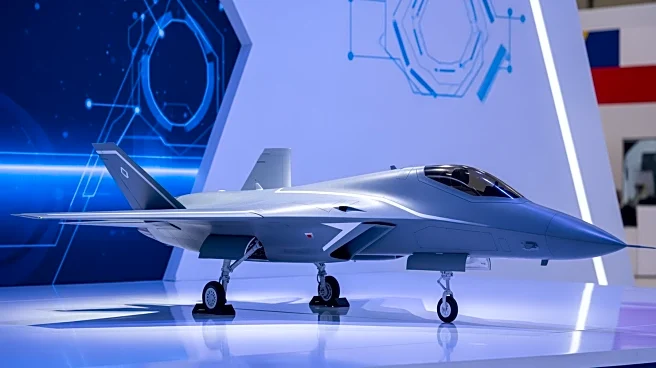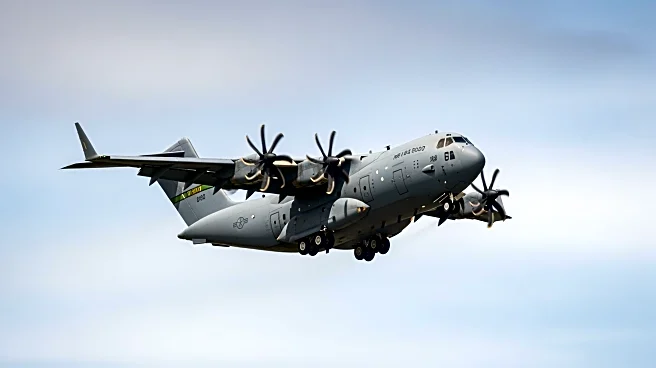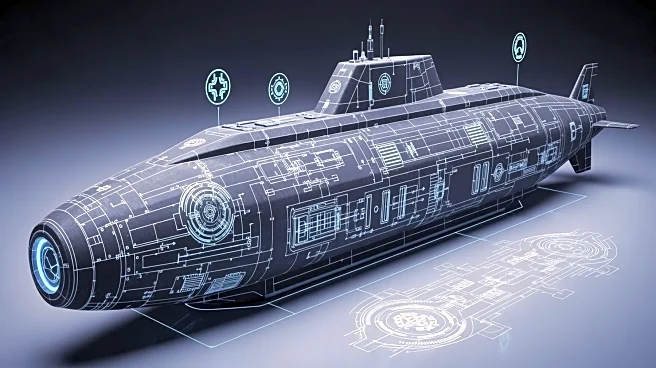What's Happening?
General Atomics Aeronautical Systems, Inc. (GA-ASI) is set to showcase its latest advancements in autonomous combat jets at the International Fighter Conference 2025. As the event's Four-Star Lead Partner,
GA-ASI will present its growing fleet of unmanned combat jets, including the MQ-20 Avenger, XQ-67A Off-Board Sensing Station, and YFQ-42A Collaborative Combat Aircraft. These aircraft are designed to lead the future of autonomous and semi-autonomous combat jets, emphasizing autonomy development, manned-unmanned teaming, and rapid delivery at scale. GA-ASI has committed to building and flying a production-representative uncrewed jet fighter for the U.S. Air Force by summer 2025, marking a significant milestone in combat aviation.
Why It's Important?
The introduction of autonomous combat jets by GA-ASI represents a significant shift in military aviation, potentially transforming how air forces operate globally. These advancements could enhance the capabilities of U.S. forces and their allies, offering more efficient and cost-effective solutions for defense operations. The focus on autonomy and manned-unmanned teaming could lead to improved mission success rates and reduced risks for human pilots. As GA-ASI continues to innovate, the defense industry may see increased investment in autonomous technologies, influencing future military strategies and procurement decisions.
What's Next?
GA-ASI plans to continue its flight operations and production of the YFQ-42A Collaborative Combat Aircraft, with expectations to meet the U.S. Air Force's timeline for deployment by summer 2025. The company will display a full-scale model of the YFQ-42A at the International Fighter Conference, providing attendees with a firsthand look at the future of combat aviation. As these technologies advance, other defense contractors may accelerate their own development of autonomous systems, potentially leading to competitive innovations in the sector.
Beyond the Headlines
The development of autonomous combat jets raises ethical and legal questions regarding the use of unmanned systems in warfare. As these technologies become more prevalent, discussions around accountability, decision-making in combat, and international regulations will likely intensify. The long-term implications could include shifts in military training, with a greater emphasis on operating and managing autonomous systems.












